
Book a Consultation
Thank you!
Your form has been sent successfully.

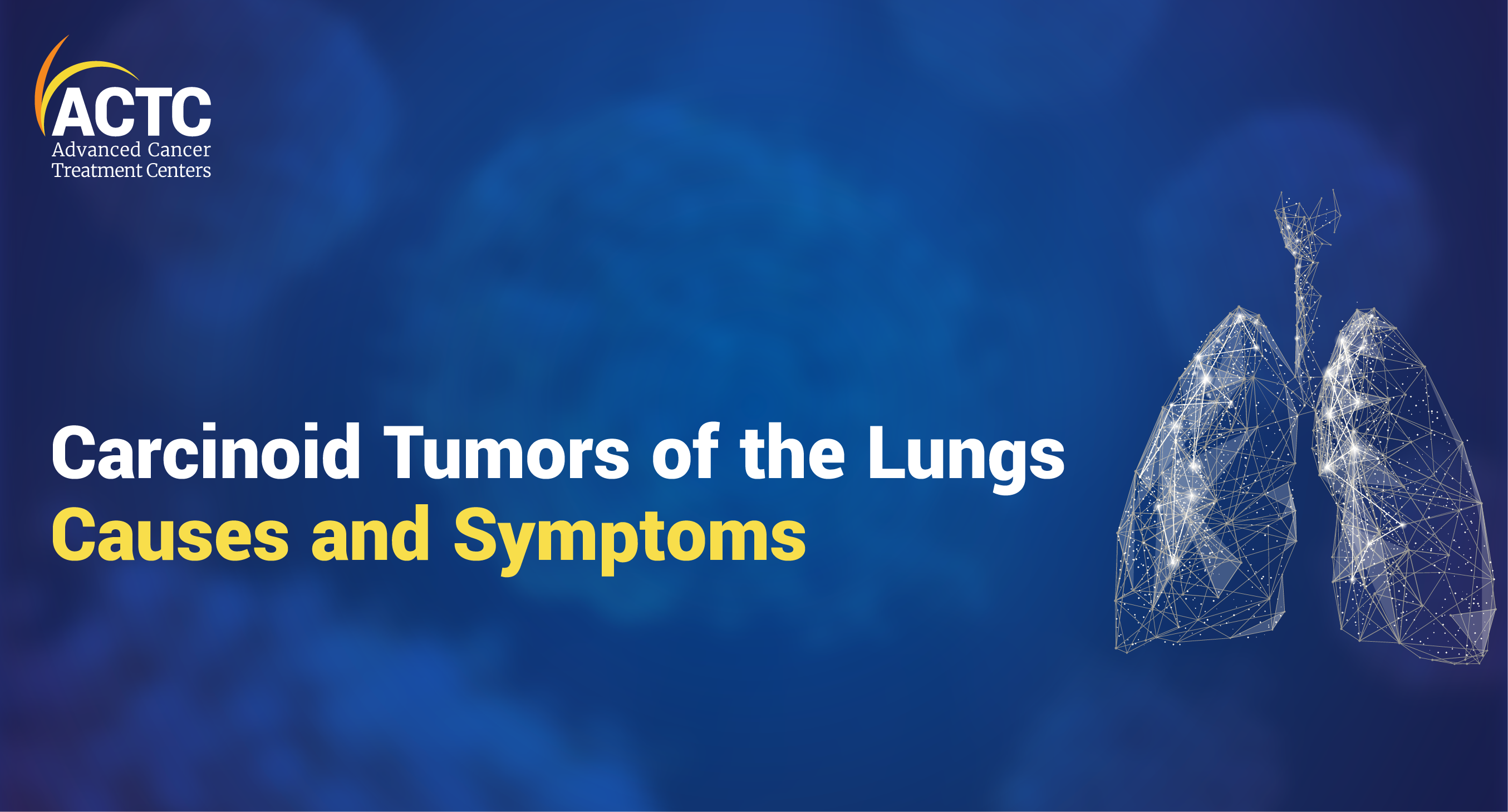

March 25, 2021
Carcinoid tumors are symptoms of an extremely rare kind of lung cancer. They grow slowly in most cases. They are a type of neuroendocrine tumor since they begin in specific cells present in the lungs and the body called neuroendocrine cells. According to the American Cancer Society, there are approximately 2,000 to 4,500 lung carcinoid tumors diagnosed in the United States each year.
A lung carcinoid tumor is a malignant tumor composed primarily of neuroendocrine cells. It arises from the neuroendocrine cells found throughout the body. The similarity between these cells and those of the endocrine system - comes from the fact that both produce hormones. In addition, both secrete neurotransmitters.
Neuroendocrine cells can sometimes grow too quickly and create a tiny tumor called a carcinoid tumor. These masses can develop in every organ in the body, not just the lungs. Tumors in the lungs are usually discovered in only approximately 2 out of every 10 cases that are diagnosed. The rest can be detected in any other part of the body.
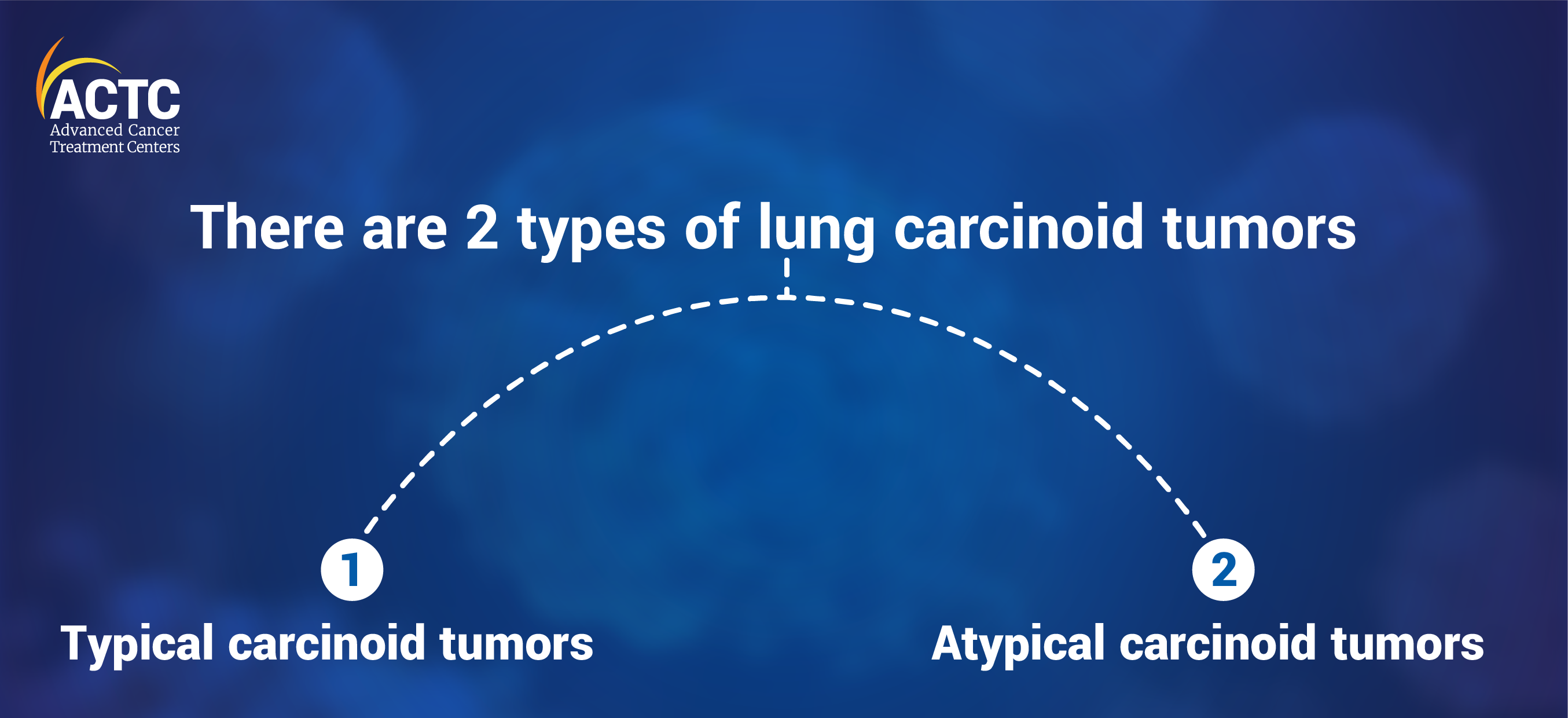
Typical carcinoid tumors - They grow slowly and rarely spread beyond the lungs.
Atypical carcinoid tumors - They grow faster, and they’re more likely to spread outside of the lungs. They have more cells as compared to the typical carcinoid tumors and keep dividing to form a fast-growing tumor.
The exact cause of lung carcinoid tumors is unknown. They don't appear to be linked to smoking, pollution in the air, or other substances. There are, however, some variables that may put some persons at greater risk which are as follows :
These masses may not indicate any direct symptoms but the tumor can be found during diagnostic tests for other medical conditions such as chest X-rays for a lung infection. Symptoms and signs are usually vague and depend on the location of the tumor. As they begin developing in the lungs, they can be sometimes classified by their location. If the tumors are in the walls of the large airways of the lungs, they are called central carcinoids. If they are found in smaller airways closer to the edges of the lungs, they’re peripheral carcinoids.
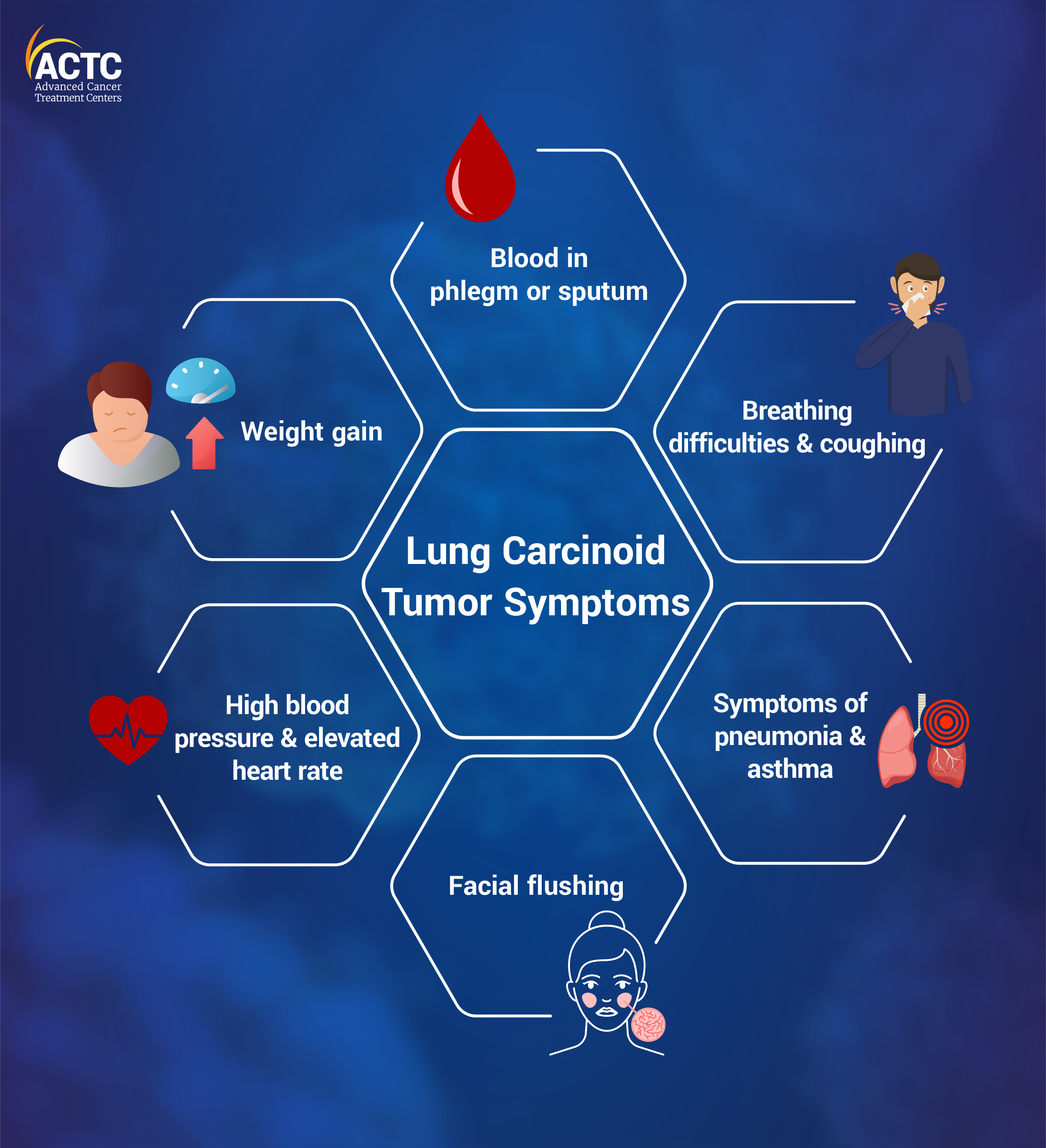
The treatment for lung carcinoid tumors mainly depends on the type and stage of cancer at which it is diagnosed. For treatment purposes, most doctors divide them into two groups.
Additional treatment is recommended for people with an atypical carcinoid tumor that has spread to lymph nodes. The treatments may include chemotherapy, radiation therapy, or both. Unresectable ones grow or spread too far across the body to be removed completely with surgery (either at stage IIIA, stage IIIB, or stage IV). Typical carcinoids in people who cannot undergo surgery are treated with radiation therapy and chemotherapy, and atypical carcinoids with radiation therapy.
If you or a loved one has a lung carcinoid tumor, it is critical that you get treatment as soon as possible. Depending on the stage of the tumor and your health, you may need to follow your physicians' recommendations for treatment and therapy.
If you are a resident of Brooksville, Florida, ACTC can provide personalized care at every step of your treatment with the support of trained medical professionals. To schedule an appointment at ACTC with our oncologists, please call 352-345-4565.
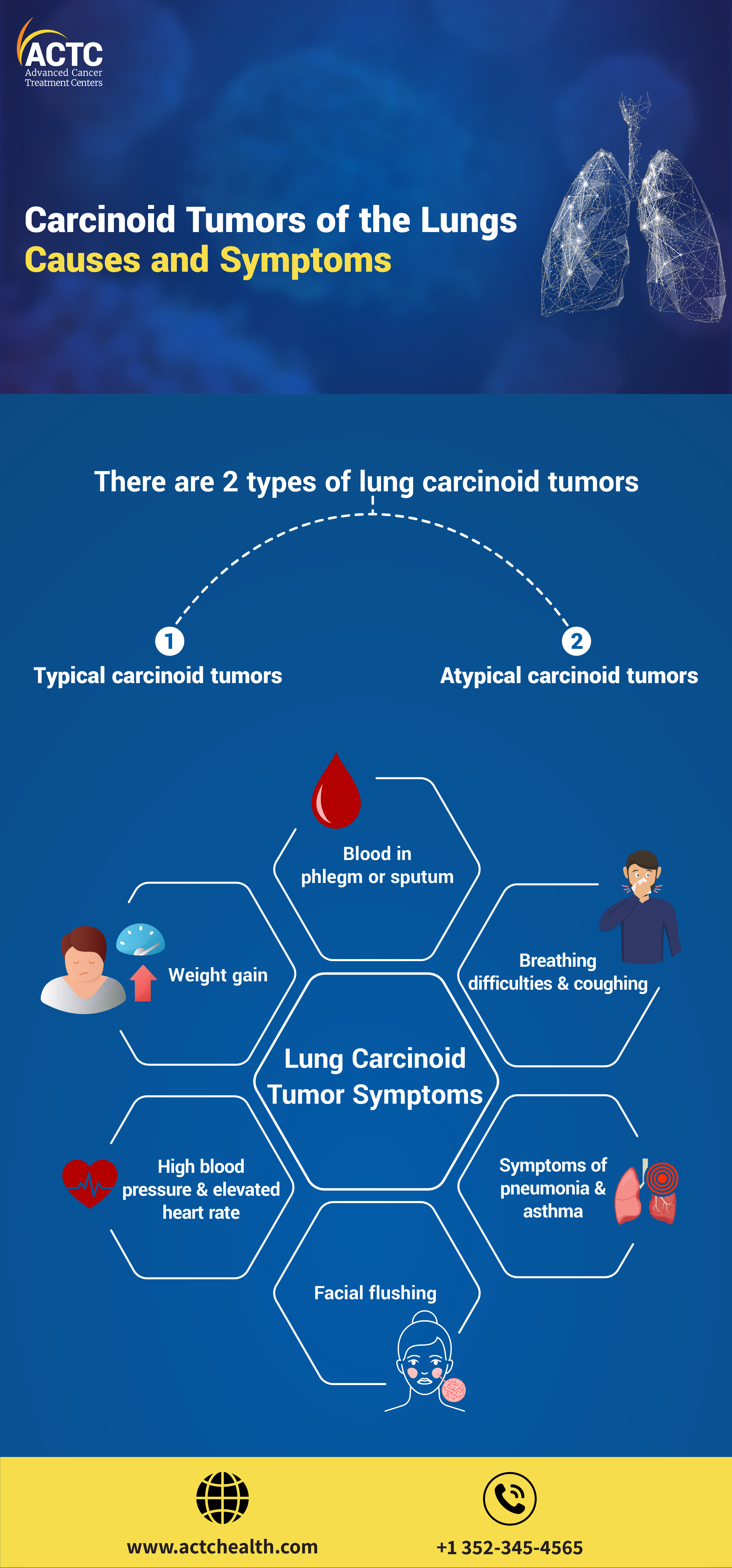


November 13, 2025
Food choices feel high-stakes during cancer care, and because of that,...
KNOW MORE
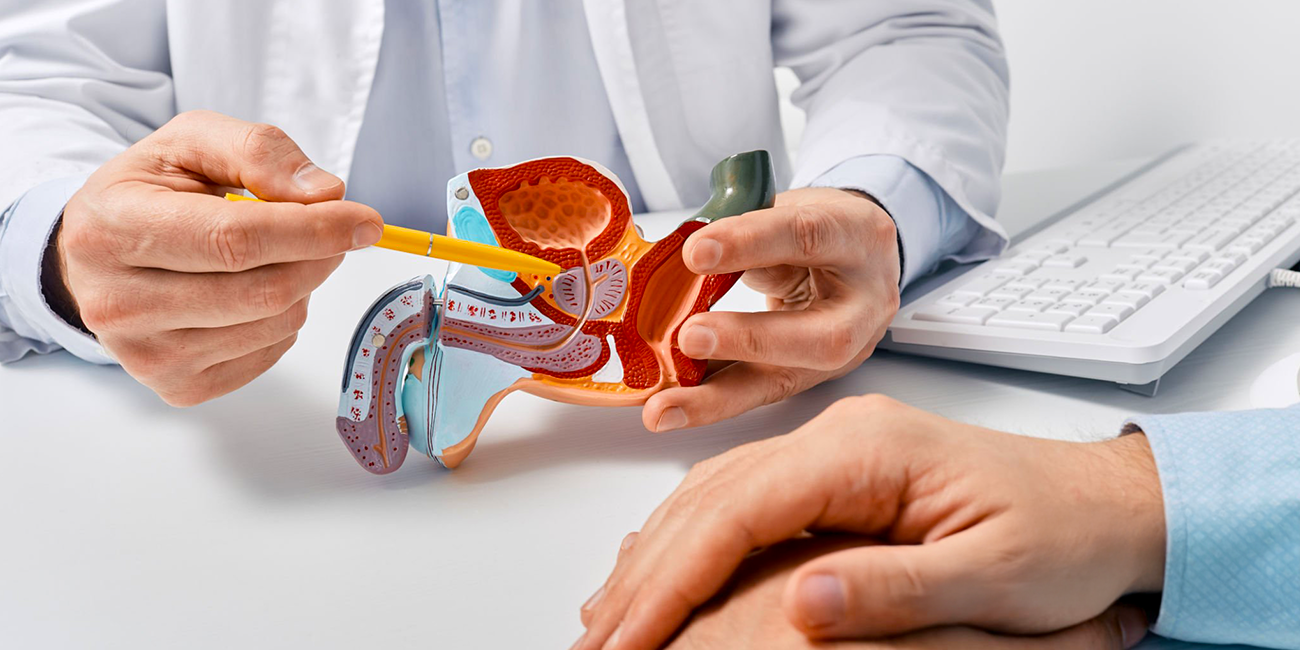
November 13, 2025
Ablation treats prostate cancer using energy such as heat, cold, elect...
KNOW MORE

November 13, 2025
Discovering a fast-growing bump on your skin can cause immediate worry...
KNOW MORE

November 13, 2025
Triple negative breast cancer (TNBC) is one of several kinds of breast...
KNOW MORE

June 03, 2024
The last decade has witnessed a sea change in oncologic treatments. Re...
KNOW MORE

April 17, 2024
Oncology is one of the most exciting fields in medicine today. Disease...
KNOW MORE
